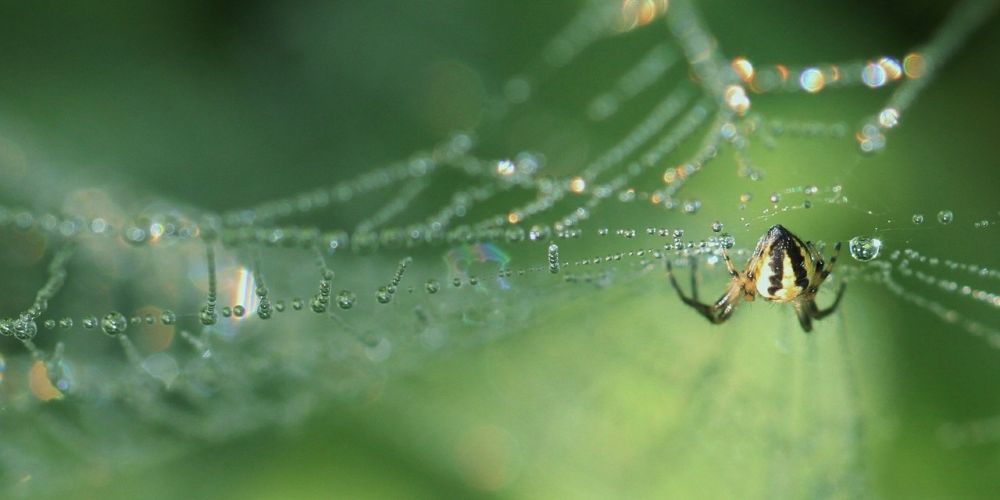Italian researchers have discovered that spraying spiders with graphene makes them produce a silk strong enough to catch an aeroplane dropping from the sky.
The researchers from the University of Trento combined particles or nanotubes of graphene and sprayed the liquid on to spiders, which soon began spinning silk covered with the revolutionary form of carbon. The modified silk was found to be 3.5 times as strong as that produced by the giant riverine orb spider, which manufactures the strongest spider silk in the world. This makes the material as tough as limpet teeth, the hardest substance known in the animal kingdom.
How the graphene becomes embedded in the spider silk remains a mystery. The researchers suggested that the spiders may be coating the threads with the graphene in an effort to clean themselves off after they are sprayed, although that may not provide the strength seen in the experiment. Another possibility is that the spiders somehow incorporate the man-made substance into their natural silk, vastly increasing the strength of the material.
The new super-strong form of spider silk could be used in a new generation of fabrics, as well as in the development of new bionic materials, meshing artificial and biological substances.
Graphene, first developed in 2004, consists of layers of carbon atoms just one layer thick. A pile of 75 million of the sheets lying on top of each other would be just one inch thick. The substance possesses remarkable strength, and electrical properties that could result in a number of applications in materials science and electronics.
There are several challenges facing developers who wish to find new uses for the graphene-modified spider silk. For one, four of the 15 spiders in the study died after being sprayed with the artificial material. Other spiders lived through the application of graphene to their bodies, but spun lower-quality silk than they did before researchers coated them with the carbon-based material. These results, while promising in some cases, suggests the technique is still far from being practical on an industrial level.
Future research could examine how other animals, such as silkworms, are affected by the application of graphene, carbon nanotubes, and other artificial materials.
You can read the full report here – “Silk reinforced with graphene or carbon nanotubes spun by spiders”

